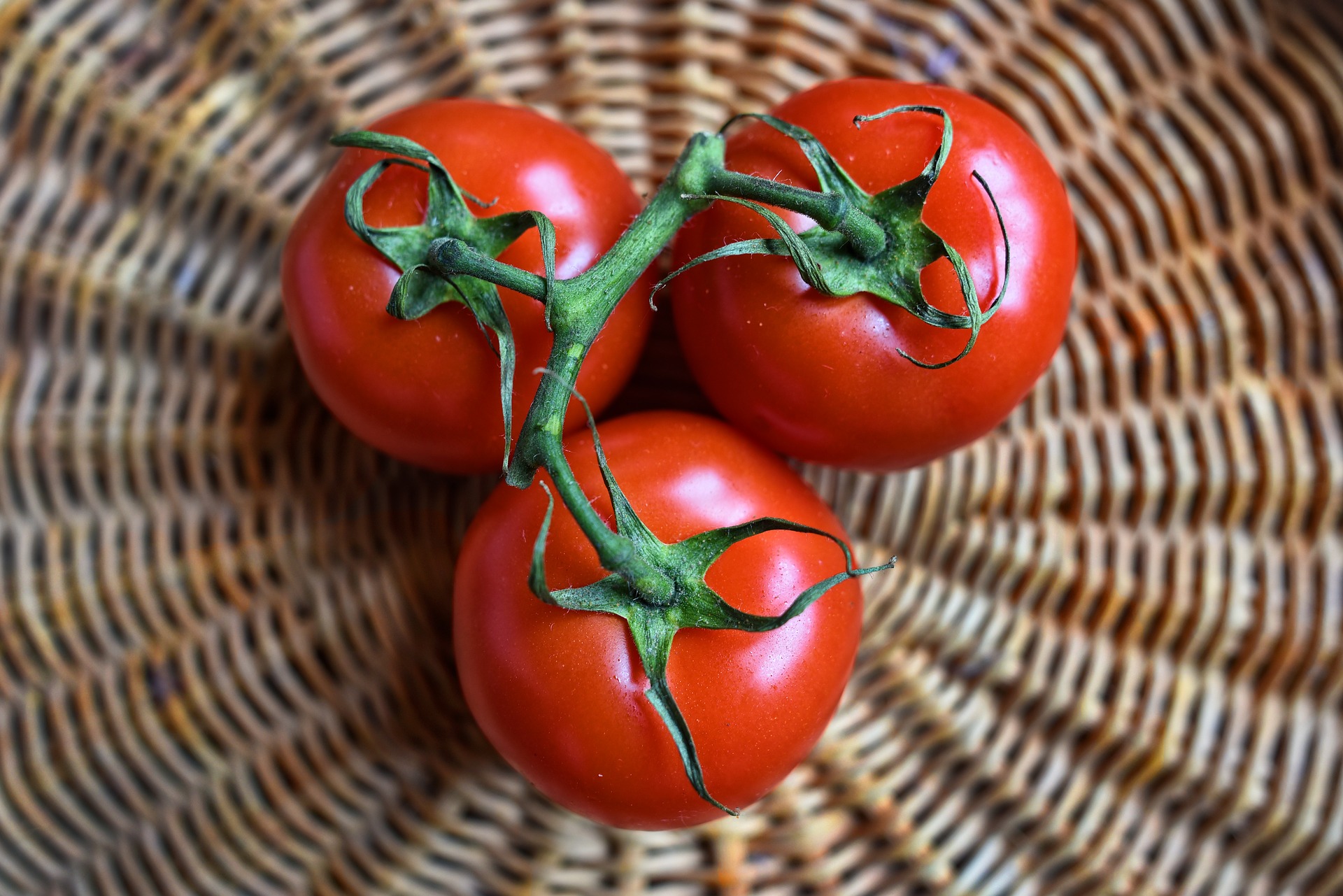Here at Gildshire, we’ve talked a lot about the genetic technology CRISPR, and how it could change the world as we know it. One of the most interesting ways CRISPR is being used is on our food. How exactly? By creating non-browning mushrooms, naturally-spicy tomatoes, and store-ready ground cherries.
Magic mushrooms
When you buy button mushrooms at the store, you probably know that you have to use them fairly quickly or they get brown. A few years back, a plant pathologist at Penn State University used CRISPR-Cas9 to create a new button mushroom that browns less and may even take longer to go bad. Yinong Yang did this by tweaking the genes that produce a browning enzyme. This same concept could be applied to any browning food, like potatoes and apples.

A spicy tomato would be delicious, first off, but it would also make it easier to get capsaicinoids, which are used for pepper spray and anaesthetics.
Tomatoes born for salsa
The new mushroom isn’t radically different from what nature has produced; it tastes and looks the same. However, CRISPR is also being used in Brazil and Ireland to design a spicy tomato. How? By activating certain compounds already present in the fruit, but that are currently dormant. Chili peppers and tomatoes share a common ancestor, so they both have capsaicinoids, the compounds that create heat and spice. In tomatoes, they’re just “turned off.” Why turn them back on? A spicy tomato would be delicious, first off, but it would also make it easier to get capsaicinoids, which are used for pepper spray and anaesthetics. Currently, chile peppers are the only source, and they’re much harder to grow than tomatoes. Harvesting capsaicinoids in spicy tomatoes would be easier and cheaper.
Building a better cherry
If you haven’t heard of ground cherries, you aren’t alone. The small, tropical fruit is tasty, but finecky, so farmers don’t really grow them. They’re pretty much relegated to the wild. Researchers want to change that. In 2018, a team published a paper in Nature Plants detailing how CRISPR could make the ground cherry a more manageable crop. If all goes according to plan, the fruit could be as common as the Bing cherry or a strawberry at your local grocery store. First, farmers have to actually start growing them and provide feedback to the scientists, who will return to the lab and make any genetic adjustments. This process can be applied to any fruit to make it sweeter, easier to grow, more resistant to genetic disease, and so on.
What are the greater implications?
Why mess around with fruit and vegetables? It isn’t just for kicks. According to Dr. Haven Baker, the ultimate goal is to create produce that’s healthier, more sustainable, and more convenient. By extending the shelf life, improving the flavor, and making crops more productive, scientists are fighting food waste and encouraging people to eat better.
What does the government think about all this? This past year, the USDA made a big announcement: it would not regulate crops that are genetically-edited. This is different than crops that are genetically-modified, mind you, genetically-edited means the crops have only had genes removed, or endemic ones added. The USDA won’t be allowing strawberries with jellyfish genes into stores anytime soon. Their reasoning is that CRISPR-edited plants are just going through accelerated changes that possible in normal selective breeding. Still a bit skeptical? You’ll have to wait to see if the USDA will require companies to label products as “gene-edited.”
———-
You can tweak tomatoes and cherries with CRISPR, but did you know you can technically tweak your own body? Click here to learn about the subculture of biohacking.




